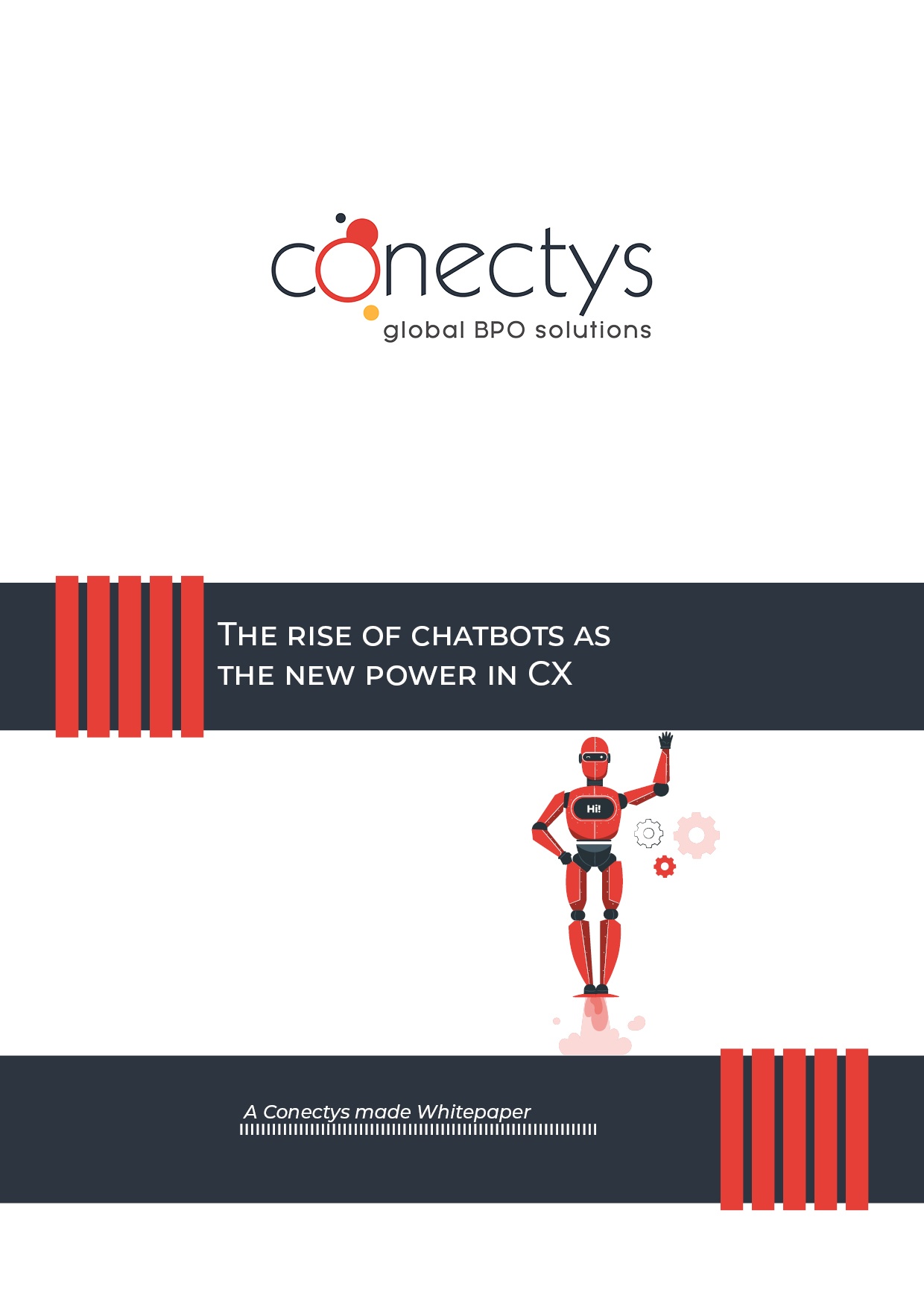How do chatbots affect customer experience?
Customer experience and support are typically the main focus of a chatbot.
63% of customers typically stop dealing with a company after one poor experience, and 70% don’t want to wait more than two minutes for an answer they seek. Chatbots specifically address both of those concepts.
But the technology, which was first introduced in 1966 and named in 1994, has come a long way and can do much more, including:
- Improving customer service: This means getting customers quick answers to FAQ, or reducing wait time, giving customers another option instead of waiting, etc.
More effective shopping process: A customer sends specifications to the chatbot, and the chatbot can go into the inventory or contact the sales department directly — plus, preferences get saved, so the next time the customer returns, that information is pre-loaded. - Personalization: Instead of a customer having to navigate a website with potentially hundreds of different pages and navigation options, the chatbot creates a 1-to-1 conversation.
- Response rate: Chatbots can reply to 100% of messages, which humans often do not do (largely because of time being a finite resource). When responses are actually answered, you obviously have a better chance of converting a visitor to a buyer.
- The automation of repetitive tasks or questions: This saves your business time, and it keeps your customers happy. Who wants to wait forever for the answer to a simple question, when you can get it quickly from a chatbot?
In this paper, we look at the rise of chatbots and their impact on CX, including:
- The history of chatbots
- Where they have the most impact
- What they can do (some of that is above!)
- How big is the industry?
- Who’s using them?
- Should you build your own?
- Are they designed to replace human agents?
- What should be your first steps if you want to deploy one?
